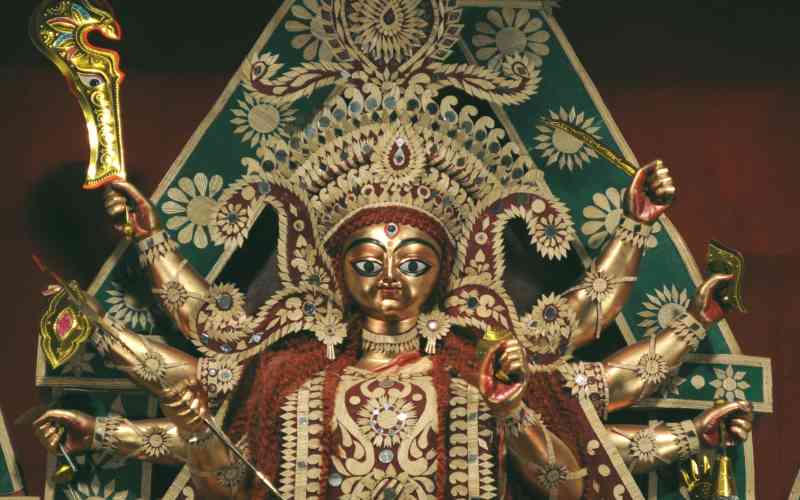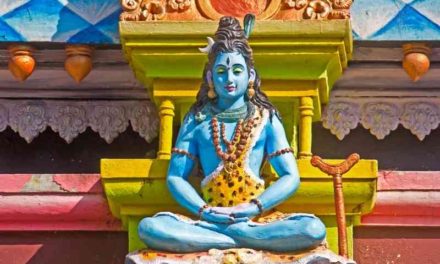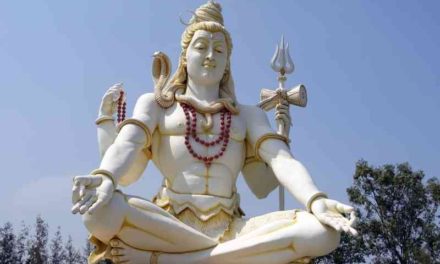Eschatology is the study of the end times or the final destiny of humanity and the world. Different religious traditions have different views on eschatology, such as the concepts of heaven and hell, resurrection and reincarnation, judgment and salvation, apocalypse, and utopia. In this blog post, we will explore the eschatology of the Markandeya Purana, one of the oldest and most interesting Hindu texts.
The Markandeya Purana is a Sanskrit text of Hinduism and one of the eighteen major Puranas. The text’s title Markandeya refers to a sage in Hindu history, who is the central character in two legends, one linked to Shiva and the other to Vishnu. The Markandeya text is one of the Puranas that lacks a sectarian presentation of ideas in favor of any particular god, and it is rare to read any deity being invoked or deity prayers in the entire text. The Markandeya Purana is probably one of the oldest in the Purana genre of Hindu literature, among the most interesting and important, states Ludo Rocher.
It is famous for including the Devi Mahatmya within it, the oldest known treatise on Devi (Goddess) as the Supreme Truth and Creator Of The Universe. The text is considered a central text of the Hindu Goddess-related Shaktism tradition, with an extraordinary expression of reverence for the feminine. The Markandeya Purana’s Devi Mahatmya is often ranked in some Hindu traditions to be as important as the Bhagavad Gita. The extant manuscripts of this Purana have 137 chapters, of which chapters 81 through 93 are the Devi Mahatmya. The text presents a diverse range of topics, with socio-cultural information and symbolism for Vedic ideas and metaphysical thought.
The eschatology of the Markandeya Purana is based on the concept of yugas, or cosmic cycles of time. According to the text, there are four yugas: Satya, Treta, Dvapara, and Kali. Each yuga has a different duration, quality, and morality. The Satya yuga is the golden age of truth, virtue, and happiness, lasting for 1,728,000 human years. The Treta yuga is the silver age of sacrifice, ritual, and kingship, lasting for 1,296,000 human years. The Dvapara Yuga is the bronze age of war, heroism, and decline, lasting for 864,000 human years. The Kali Yuga is the iron age of strife, ignorance, and suffering, lasting for 432,000 human years. The current age is the Kali-yuga, which began in 3102 BCE according to the Hindu calendar.
The Markandeya Purana describes the signs and symptoms of the Kali yuga in detail. It predicts that people will become greedy, dishonest, violent, and immoral. They will lose respect for their elders, teachers, and parents. They will neglect their duties and follow their passions. They will suffer from diseases, famines, wars, and natural disasters. They will worship false gods and demons. They will forget the Vedas and the Dharma. They will become addicted to intoxicants and pleasures. They will have short lives and low intelligence.
The Markandeya Purana also foretells the end of the Kali yuga and the dawn of a new Satya yuga. It prophesies that a great king named Kalki will appear at the end of the Kali-yuga as an avatar of Vishnu. He will ride a white horse and wield a sword of fire. He will destroy the wicked and restore righteousness on earth. He will usher in a new era of peace and prosperity. He will revive the Vedas and the Dharma. He will rule for a thousand years as a universal monarch.
The Markandeya Purana also contains a vision of the dissolution of the universe at the end of a Kalpa or a cycle of four yugas. It narrates how Markandeya witnessed the cosmic deluge while meditating on Shiva. He saw how Vishnu reclined on a serpent in the ocean of causation, holding all beings in his sleep. He saw how Brahma emerged from Vishnu’s navel on a lotus and created the world again. He saw how Shiva danced on a dwarf and destroyed the world again. He saw how the cycle of creation and destruction repeated endlessly. He realized that the universe is an illusion and that only Shiva is the eternal reality.
The eschatology of the Markandeya Purana is a fascinating and complex topic that reflects the Hindu worldview and cosmology. It offers a perspective on the meaning and purpose of human life and history. It also inspires hope and faith in the divine plan and intervention. It challenges us to transcend the limitations of time and space and to seek the ultimate truth and bliss in Shiva.
Works Cited:
(1) Markandeya Purana – Wikipedia. https://en.wikipedia.org/wiki/Markandeya_Purana
(2) Markandeya Purana – Vyasa Mahabharata. https://www.vyasaonline.com/markandeya-purana/
(3) Markandeya Purana – Wikipedia. https://www.static.hlt.bme.hu/semantics/external/pages/Rta/en.wikipedia.org/wiki/Markandeya_Purana.html





